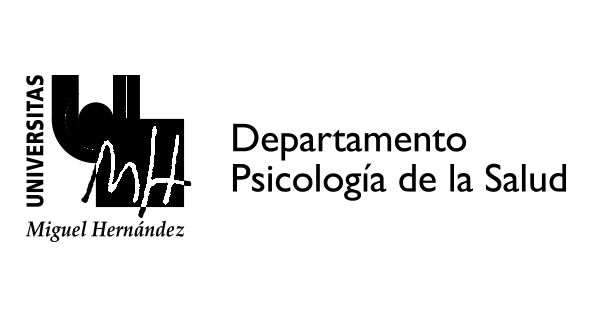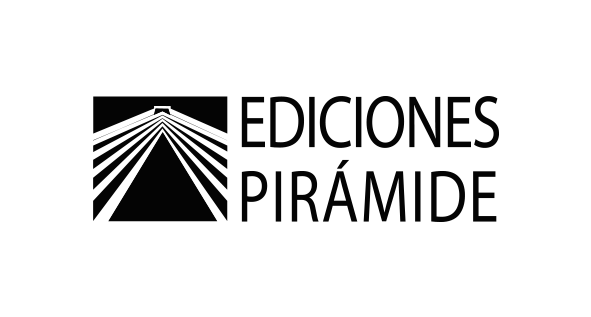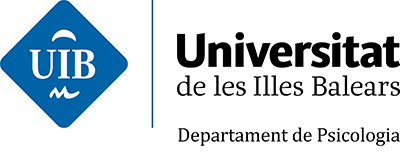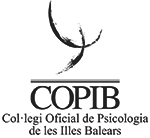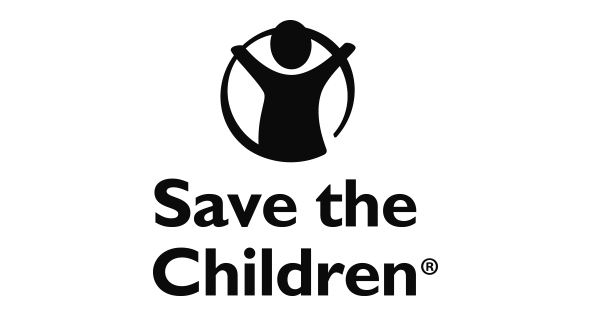Iban Onandia H.
University of the Basque Country, Spain
ATTENTIONAL DISORDERS THROUGH CLINICAL SCENES
Abstract
Some attentional disorders are little known and, although we still debate whether they are part of the same construct (ADHD), we now distinguish subtypes with very different and idiosyncratic nosological entities. In this way, the Nonverbal Learning Disorder (NLD) was born in 1967 (Johnson and Myklebust) and the Deficits in Attention, Motor control, and Perception (DAMP) were born in the 80s (Gillbert), as less known pictures, but we must not forget the differential diagnosis with respect to ASD and ADHD. Therefore, this table includes the differential diagnosis process and the characteristic profile of cognitive and clinical involvement of these four disorders. Learning in the diagnosis and differential diagnosis of the most prevalent and dysfunctional attentional disorders in children-adolescents, being the axis of the same the executive functions and the attention. The present table intends, through 1-2 cases of each disorder, to analyze the differential diagnosis between attentional disorders, as well as the clinical and cognitive characterization of these. The cases that are described in this table illustrate in a very graphic and practical way how is the evaluation and differential diagnosis in cases of ASD, ADHD, NLD and DAMP, so that it is evidenced, through dysfunction and cognitive performance, a diagnosis is established that gives way to the subsequent clinical intervention. Bringing together 4 experts in each of the disorders that expose, it is intended an advantage and adaptation to clinical practice of diagnostic processes and differential diagnosis in attentional disorders, since they are entities that are commonly confused, and especially “centralized “In ADHD, being nosological entities that clearly offer very different features and dysfunctions and, therefore, require very different approaches.
Iban Onandia H. is a Doctor in Clinical and Health Psychology and holds a Master in Mental Health and Psychological Therapies (University of Deusto, Spain). He is an Associate Professor in the UPV / EHU and UNIR since 2015. He works as a General Health Psychologist and Neuropsychologist since 2008 through the position of Technical Advisor of AHIDA (Association of ADHD of Bizkaia). He also worked in several positions at the EUSARGHI (Basque Federation of Associations of ADHD), and as a speaker in many conferences. In addition, he was director of the “Research and Monitoring Project on ADHD and Related Disorders” (PIST). In all these years, he has been the manager of the Cabinet of Psychology, Neuropsychology and Psychopedagogy Amorebieta since 2009. He teaches group therapy sessions for children with ADHD as well as those aimed at parents of children with this disorder, others for their relatives or cohabitants (siblings, cousins, etc.) and prevention sessions in preschool behavior disorders since 2011. Finally, he is a co-author of some well-known tools (WMS-IV, NEPSY-2, WPSSI-IV, BYI-II, ECM), around 40 scientific publications and communications and tutor of university student internships. He has presented a dozen of symposia, lectures and conferences on issues of cognitive impairment and ADHD, and will be the next director of the UPV / EHU summer course “Aging and cognitive deterioration: future challenge , present challenge “to celebrate in July in Bilbao.




